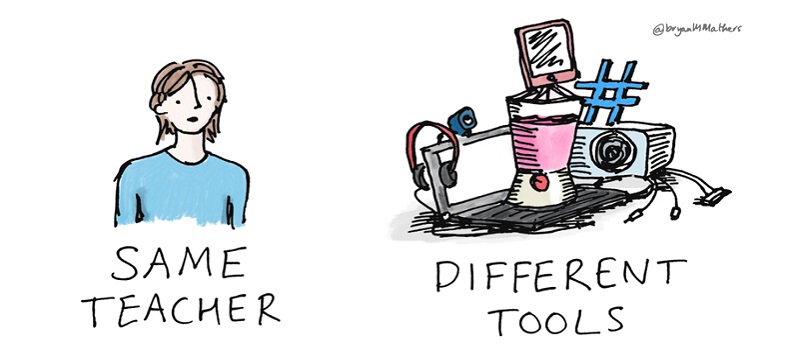1.1 Repurposing and extending slide presentations
Last week we touched on the idea of repurposing existing learning materials with some enhancements. Presentation tools like PowerPoint contain features for achieving such enhancement, for example, by adding narration to a slideshow, or adding sound clips to individual slides. These features can enable you to repurpose your classroom or synchronous online slideshow for an asynchronous online audience, giving that audience the benefit of your spoken accompaniment without you needing to be there. One advantage to adding individual sound clips to each slide is that the learner can choose when to begin listening – for example, they may wish to read the content of the slide first. Similarly, a vision-impaired student using a screen-reading program (more about these next week) can listen to the text being read aloud before selecting the audio clip. By contrast, a single narration file across the entire slideshow forces the learner to pause the narration if they cannot read and listen to everything in the time you allow before moving on, and the screen-reader user will hear the text being read aloud by their assistive technology at the same time as your narration, which can be incredibly confusing. If you are looking to share your presentations online it may be appropriate to look at services for this such as Slideshare.
Tip
Use a good quality microphone to ensure clear sound. If your university will not provide one, it is worth trying to buy one yourself - they will last for many years if you treat them well, and the benefit to your students in terms of sound quality in your online teaching will be huge.
1 Technologies for content creation
